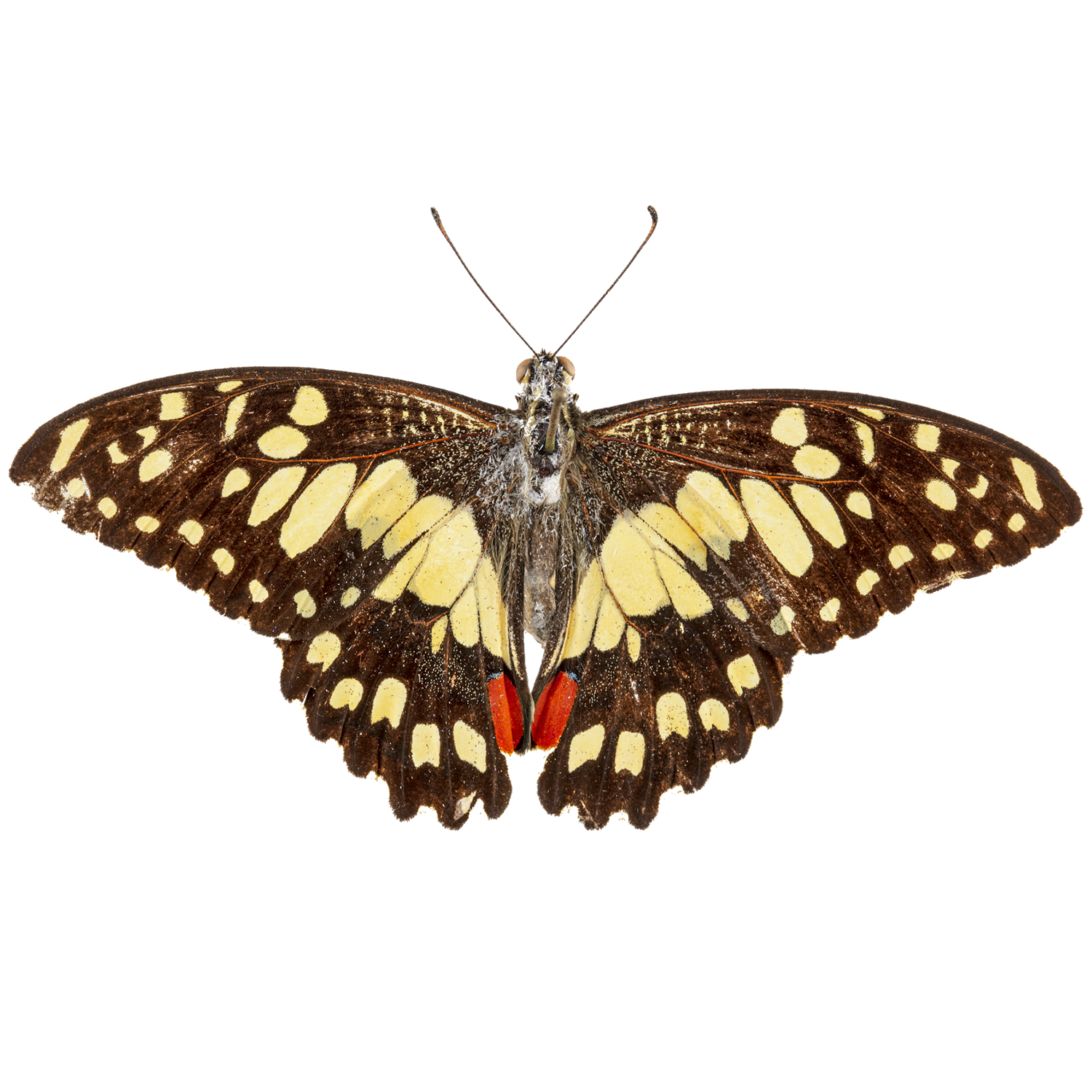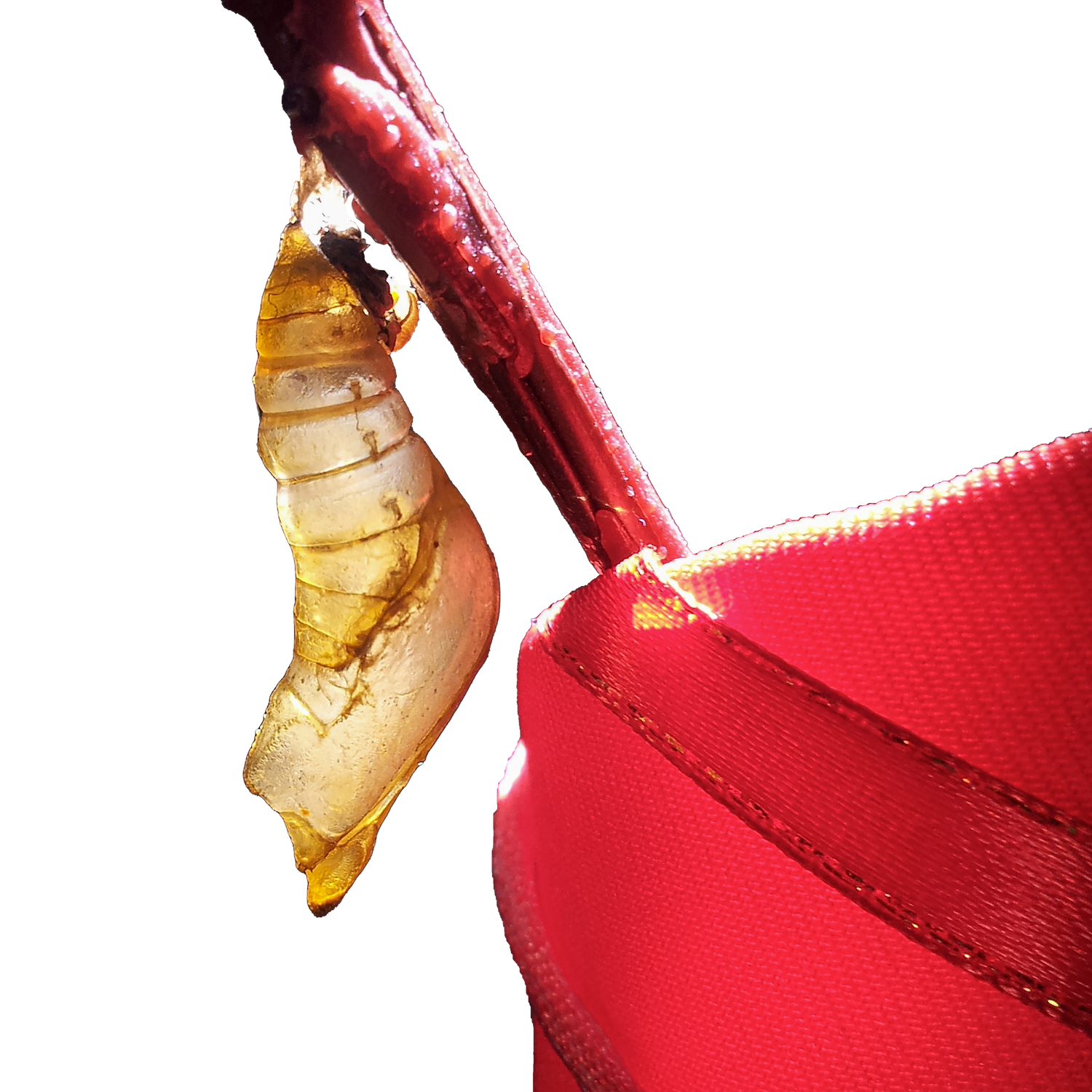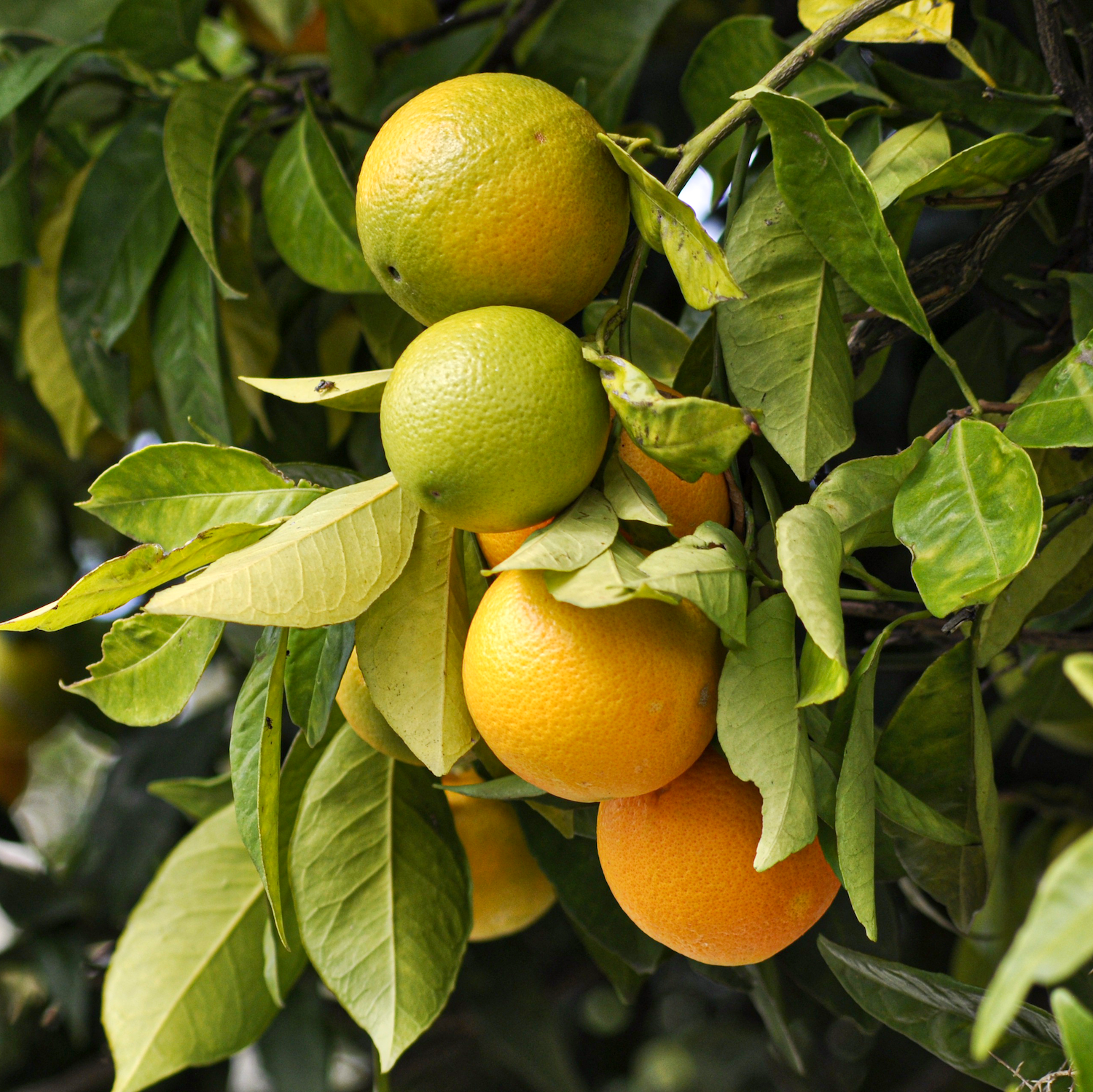Lime Butterfly (Papilio demoleus)
Papilio demoleus (Linnaeus, 1758)
Chau Chak Wing Museum, University of Sydney
The Lime butterfly is found across Asia and Australia due to spread of its food plants (citruses, which are native to southern China). These plants likely shared a prehistoric distribution before rising sea levels created separate islands, and were also transplanted by humans for cultivation. Citruses were then consumed and spread by Europeans on their voyages to prevent scurvy in the 19th century.
In Chinese, the butterfly is also named 达摩凤蝶 (dá mó fèng dié), or Bodhidharma butterfly. Bodhidharma, an Indian monk often depicted in red robes, is credited with introducing Chan Buddhism to China around 5th – 6th centuries CE. He travelled by sea from India through Indonesia, Malaysia and the Philippines. Buddhism eventually spread throughout Asia and is one of the dominant religions in this region today.
Common myth also holds that Bodhidharma created the regional martial arts systems such as ‘Shaolin boxing’ (kung fu), qigong and silat.
Catalogue Number: Macleay Collections, NHEN.55601 (Lime butterfly, donated by Dorothy Lamberton, 2003).
Material: Dry specimen, pinned
Dimensions: Height (pin) 5.5 cm, Body Length 3.5 cm, Wing Span 9.5 cm




